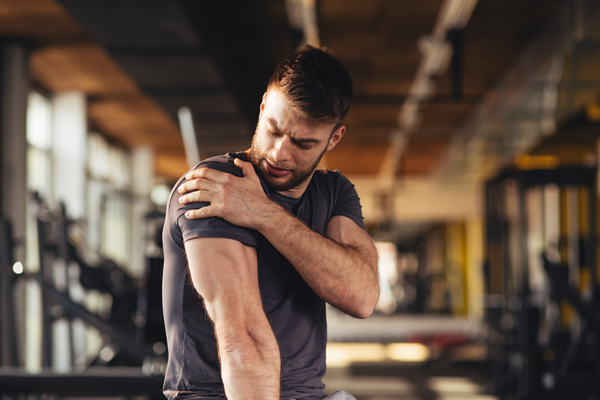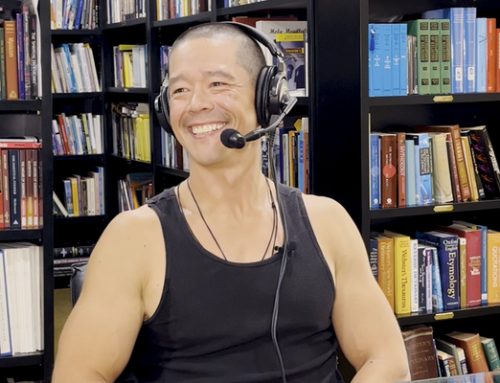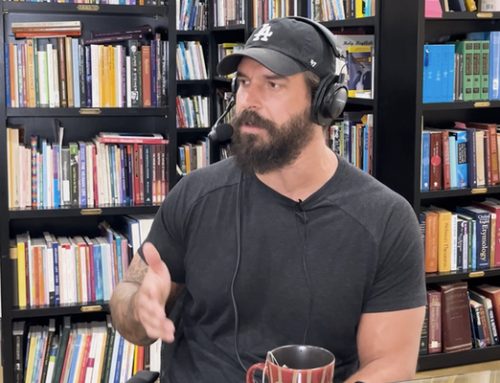 Happy Monday to you all!
Happy Monday to you all!
As you know, I’ve worked with many elite athletes (either on teams or competing in demanding, individual sports like tennis) who play on really tight schedules and can’t afford to spend as much time recovering like they should, or who have to compete while injured.
For my clients, I’ve developed techniques based on the concept of overlapping fitness, so they can do the work of healing, therapy and restoration while maintaining as much conditioning in the surrounding areas of the injury as possible.
This week, I’ll show you on my blog/vlog how to apply this technique with shoulder abduction and the lunge…
Research suggests, and what I’ve found to be clinically accurate, is that there is a 30-degree window of strength carryover for any particular exercise. For example, whenever you’re performing an exercise with a limited range of motion or even isometrically, you will find you gain strength about 15 degrees above and 15 degrees below the limited range you have worked.
Let’s say you have a shoulder impingement, rotator cuff tendonitis or something that causes you real pain at 75-90 degrees, which is common for these types of injuries. Typically, most therapists and doctors would tell you not to exercise or do anything with that arm or assign you very minor exercises (which may be necessary).
By using the technique of overlapping fitness, however, you can maintain strength in these painful areas by working the arm through degrees of movement above and below the pain.
Watch the vlog to see me demonstrate this.

I could take hours demonstrating all of the ways you can apply overlapping fitness, but this short vlog will give you a taste of it so you can begin to master this technique on your own. But be sensible with this technique and please check with your doctor, therapist or experienced trainer before using this technique if you have an injury.
Love and chi,
Paul





